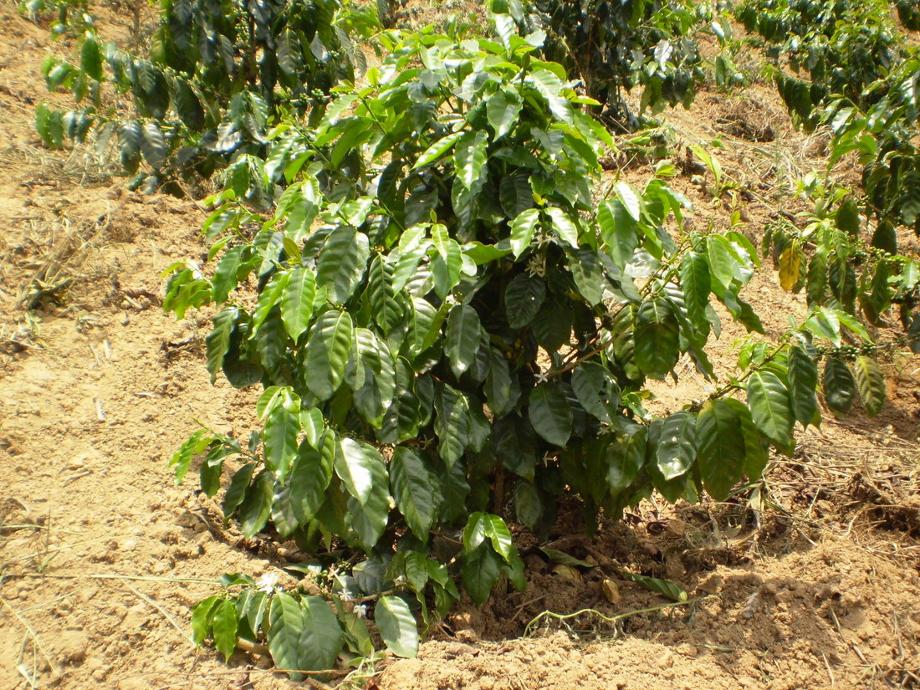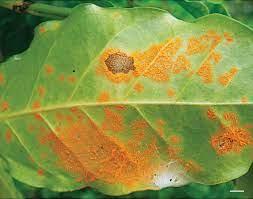Coffee Plant
Coffee Plant (Coffea arabica) is a shrub growing 3-10 feet tall, hardy in USDA zones 10-11, with slow growth in well-drained, loamy soil, requiring indirect light and medium moisture, and it is edible but not medicinal.

Habit
Shrub
Height
2-4 m
Growth
Slow
Soil
Well-drained, loamy
Shade
Indirect light
Moisture
Medium
Edible
Yes
Medicinal
No
Origin
Tropical regions of Asia and Africa
Climatic Condition
Tropical, Subtropical
Temperature (°)
15-30°C
Humidity (%)
60-90%
Potting media
Peat, compost
Fertilizers
Organic compost
Watering
Moderate watering
Plant Weight
2-5 kg
Flowering Time
Spring, Summer
Soil Ph level
6.0 - 6.5
Water Ph level
6.0 - 6.5
Soil EC
1-2 dS/m
Yield Per Plant
2 to 4 kgs of cherries
NPK ratio
10:10:10
life Span
20-30 years
Health Benefits
Caffeine source, antioxidants
Suggested Grow Media or Potting Mix ?
50% peat moss, 30% perlite, 20% compost
Suggested Fertigation/Fertilizers
Fertilize every 4 weeks with a balanced, water-soluble fertilizer.
Common Diseases and Remedies
Coffee Leaf Rust, Coffee Berry Disease, Root Knot Nematodes, Anthracnose, Cercospora Leaf Spot.
Yellow/orange spots on leaves, Black lesions on berries Galls on roots, stunted growth Dark, sunken lesions on leaves and fruits Small, round spots on leaves
Prune affected areas, neem oil Remove affected berries, improve sanitation Solarize soil, use of marigolds as a companion plant Neem oil spray, prune affected areas Prune affected areas, improve air circulation
Fungicides like triadimefon, Copper-based fungicides, Nematicides like fenamiphos, Fungicides like chlorothalonil.
HEALTH BENEFITS
- Medicinal Uses: Coffee leaves contain compounds that may have anti-inflammatory and antimicrobial properties.
- Cardiovascular Health: Some studies suggest coffee extracts may support heart health.

